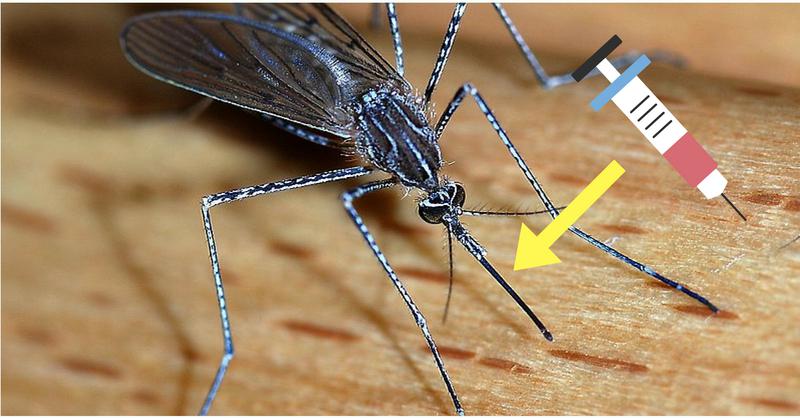Painless Injections using mosquitoes

Mosquitoes are notoriously annoying insects that survive by feeding off of the blood of other animals, injecting their foreign saliva into the body.
Their saliva causes the skin to react by itching. In certain areas of the world, mosquitoes carry diseases and inject them into their hosts’ bodies. Some of these diseases, such as malaria and yellow fever, are deadly.
For these reasons, mosquitoes are widely considered to have no real use in nature except to be nuisances, and sometimes, killers.
However, researchers from the Indian Institute of Technology Ropar (IIT Ropar) are collaborating with scholars from Ohio State University in the United States.
They are finding a way to use the mosquitoes’ bloodsucking mouths to help people, instead of harming them.
The researchers from these universities have found a way to derive a painless injection technology from the anatomy of a mosquito’s mouthpiece.
They did this by studying the workings of a mosquito’s proboscis, which is the elongated part of the mouth that is used for sucking.
The scientists found out that a mosquito’s proboscis is able to painlessly slip into human skin thanks to the labrum and the fascicle.
The labrum is an outer cover of the proboscis that is softer around the tip and edges, but harder in the upper part. The fascicle is a bundle of muscles near the proboscis, which vibrate to lessen the force required for it to pierce through the skin.
The scientists used the anatomy of a mosquito’s proboscis as a blueprint for the design of this painless injection technology. They are envisioning a micro-needle with two needles inside.
One of these needles would inject a numbing agent. The second needle would act like a mosquito’s proboscis, injecting a drug or drawing out blood.
Although this device may end up being more expensive than traditional injection needles, it will be very useful for vaccinating children and elders.
Image Reference: Thebetterindia










Leave a Reply